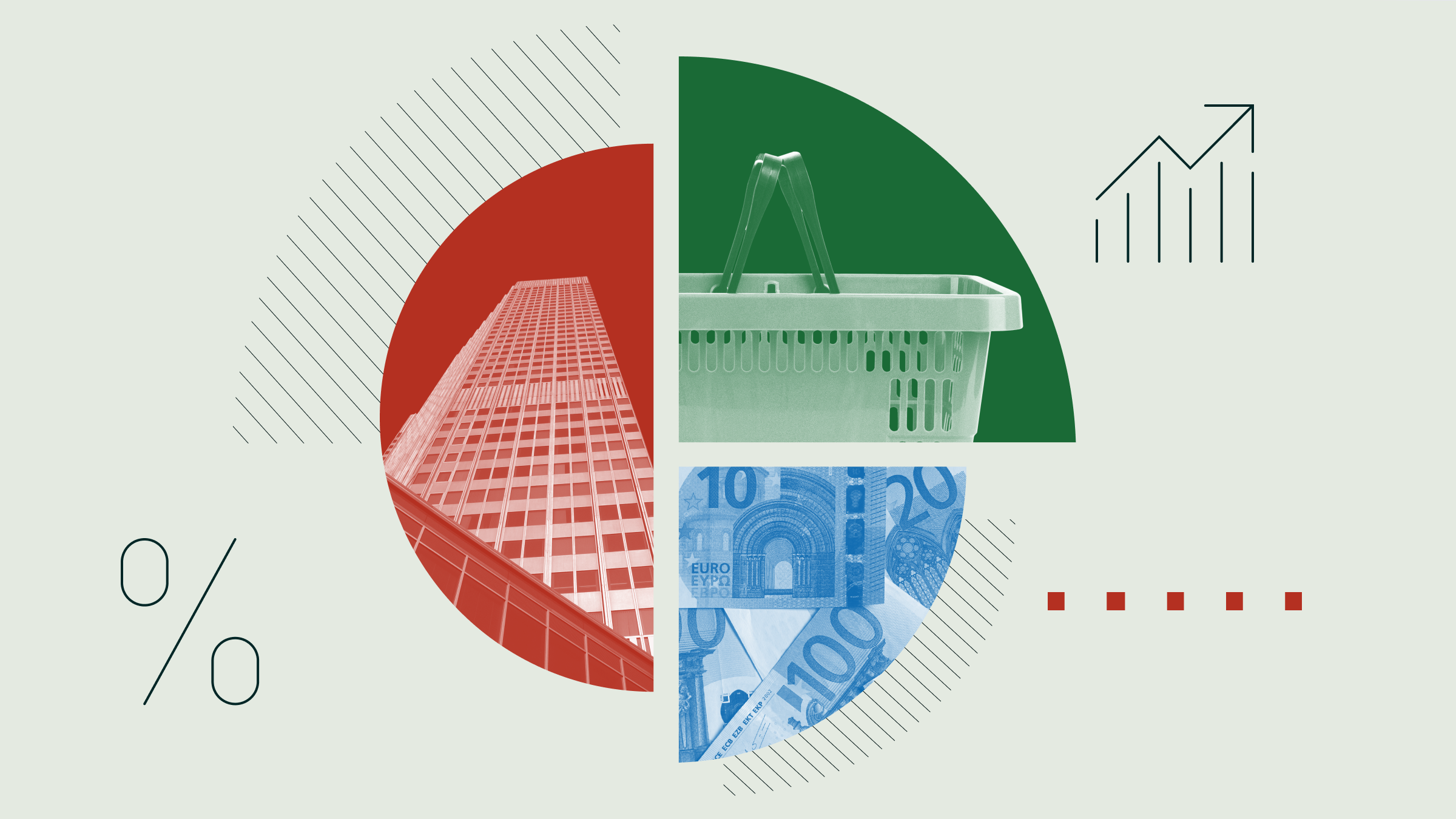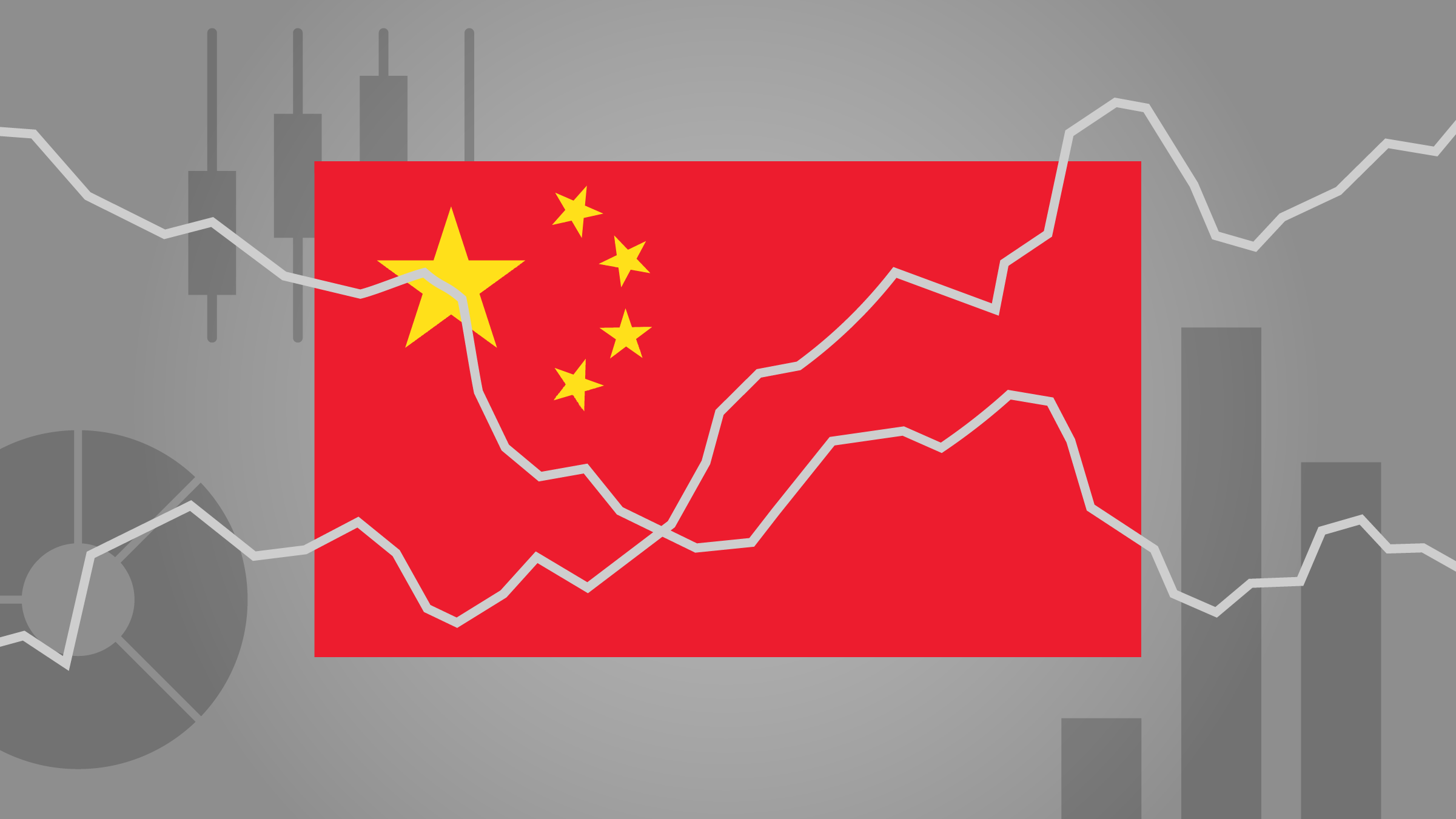Main takeaways:
- Liquid alternatives offer long/short investing without the high barriers to entry typical for hedge funds.
- They can outperform during broad market retreats, but haven't been a winner during the era of equity gains that started after the Global Financial Crisis.
- Liquid alternatives are as diverse as they are complex, and often expensive-- know your risk tolerance, and choose wisely.
Lukas Strobl: We're in a bear market. Recession fears and rising rates are sending stock and bond funds lower in tandem, and that’s sent many investors looking for other sources of yield. Here with me is Morningstar's Francesco Paganelli, our European expert for liquid alternatives.
Francesco, let's start easy. What are liquid alternatives?
Francesco Paganelli: Well, alternative funds in general are often defined as the alternative to long-only investments in stocks, bonds and cash. From this perspective, they are quite a broad church, so including everything from commodities and real assets to private equity, venture capital and hedge funds. To us, alternative funds are those that primarily attempt to modify, diversify, expand, or even eliminate the dominant risk factors that typically drive traditional asset classes, so think equity risk, credit risk, duration risk and so on. So, an alternative will switch the risk profile of a portfolio in several ways. It allows investors to move beyond simply equity and bond risk and add other elements to the menu, more colors to the palette, if you will.
So, the liquid alternative space then comprises a diverse range of strategies really that they can zig when the market zags by employing different techniques. So, from shorting to using more exotic instruments, for example. And there are those that offer something different and have very little codependency to the broad stock market. Think, for example, a relative value strategy, and even those that actually tend to perform when equities are falling and are more opportunistic in nature, like systematic trend.
Strobl: That kind of sounds like a hedge fund. What's the difference?
Paganelli: Well, it comes down to regulation and distribution really. So, after all, this is the reason why we add the qualification liquid to alternative and call them liquid alternatives. So, in other words, these are alternative strategies offered in a mutual fund wrapper with daily liquidity, and in Europe, they are subject to the UCITS regulation. Of course, there are also similarities. These funds employ strategies that are typically used by hedge funds, as I mentioned before, and in fact, ``hedge fund-lite’’ is yet another term used to refer the liquid alternatives.
Also, by the way, many players in this space started out in the offshore world, so started in a hedge fund and then came into the wider daily liquid market. And this is easier said than done because it may not always be optimal given that the UCITS rule can constrain an asset manager on portfolio liquidity leverage and concentration. In any case, liquid alternatives are, of course, a Global Financial Crisis phenomenon. They started on the back on the 2008 meltdown as investors were seeking a solution to diversify their portfolio.
Strobl: So, a way for anyone to access sophisticated strategies-- what could possibly go wrong, right? But really, what are the risks here?
Paganelli: Well, indeed, liquid alternatives open up a new and different set of possibilities, and of course, they may not be for everyone. But what your fund or strategy is at the end of the day, it really depends on your goals, preferences and skill set. The important point to make to me is why an alternative is a good idea in the first place. So, if we go back to what we said before, a portfolio can be seen as a collection of risk exposures that interact with each other and what's really critical is to determine what risk you have and decide which ones you want to keep, which ones you want to mitigate, which ones you want to diversify away from? So, once you’ve found those strategies that serve your purpose, there are groupings from which you should be able to pick the right fund for you.
And what happened so far in 2022 illustrates the point. So, in an environment where stock markets and bonds are down at the same time, you start looking beyond traditional asset classes. In fact, one of the best-performing categories so far this year is systematic trend, which can simply be described as going long markets that are rising in price and going short markets that are falling in price. And these funds have been in a sweet spot with the booming commodity prices and meltdown in the bond market.
That said, there are challenges, of course. Alternative funds tend to have a shorter lifespan, for example. As there is greater churn in the lineup, there is more complexity, there is often leverage, which can work both ways. There are fees, which are very often quite steep. So, don't ignore the challenges, but keep an eye open because the level of dispersion within the fund groupings highlights the crucial role of manager selection in this sector.
Strobl: Right. So, often it pays to do one's homework and to be choosy. Thank you for tuning in. For Morningstar, I'm Lukas Strobl.





















